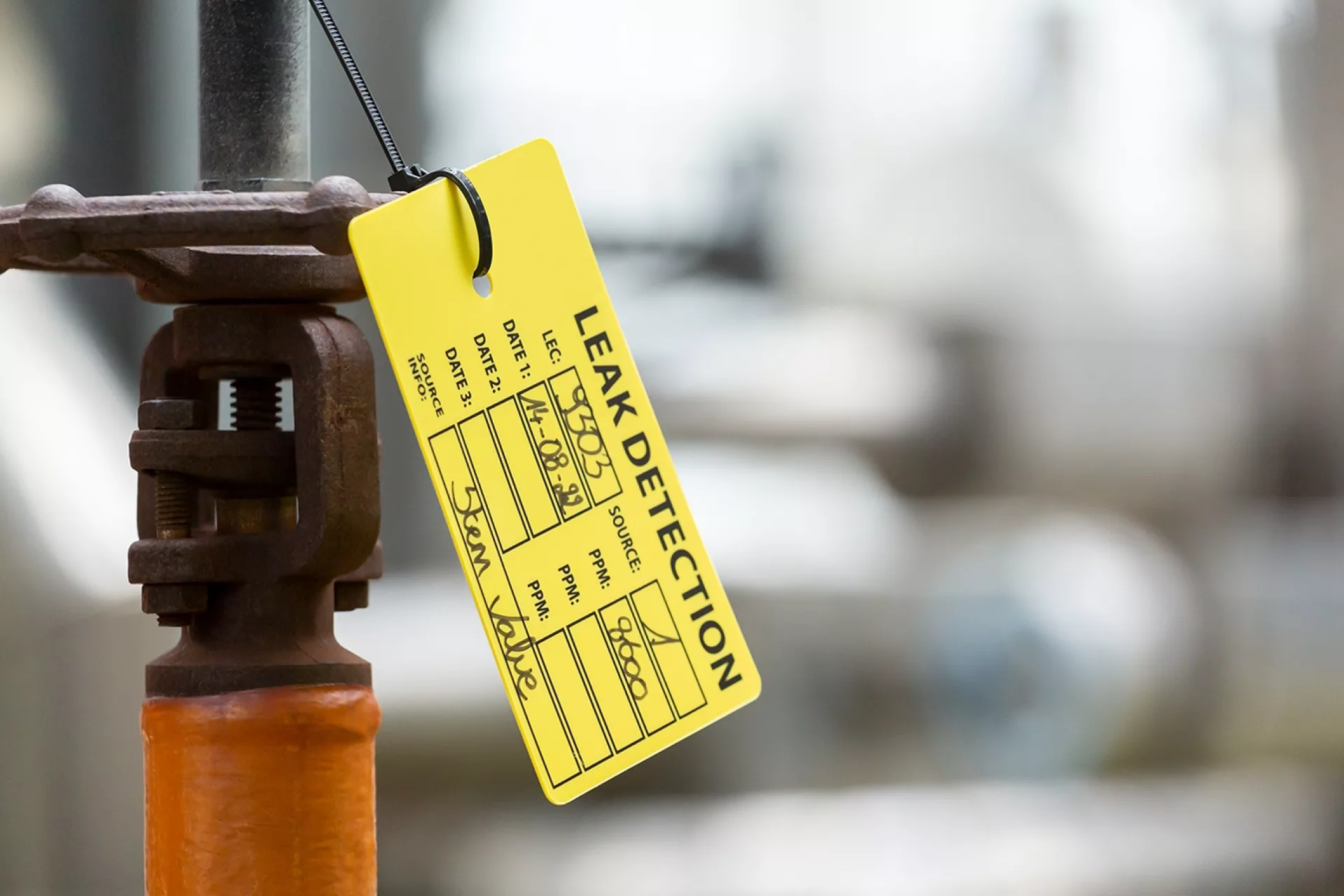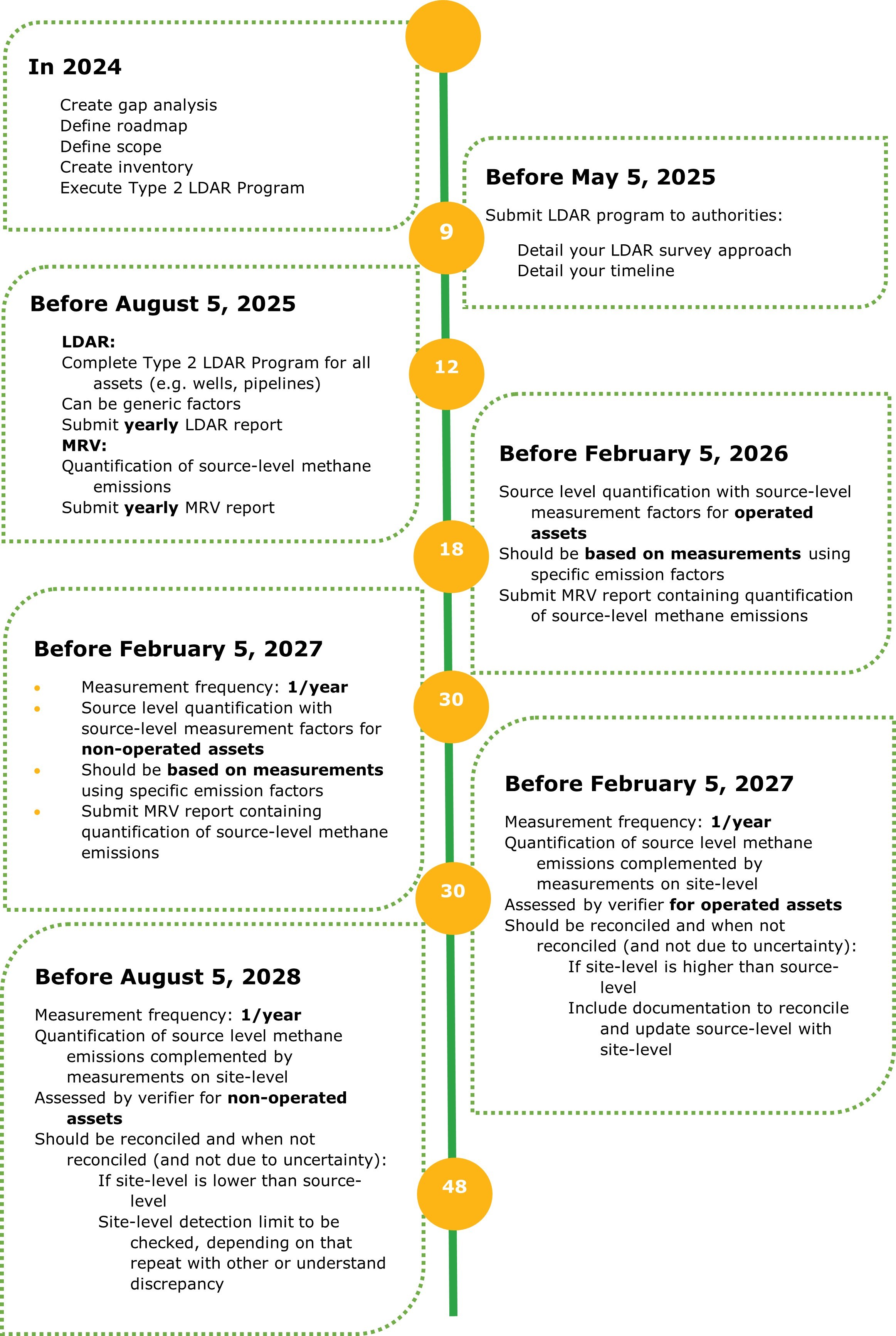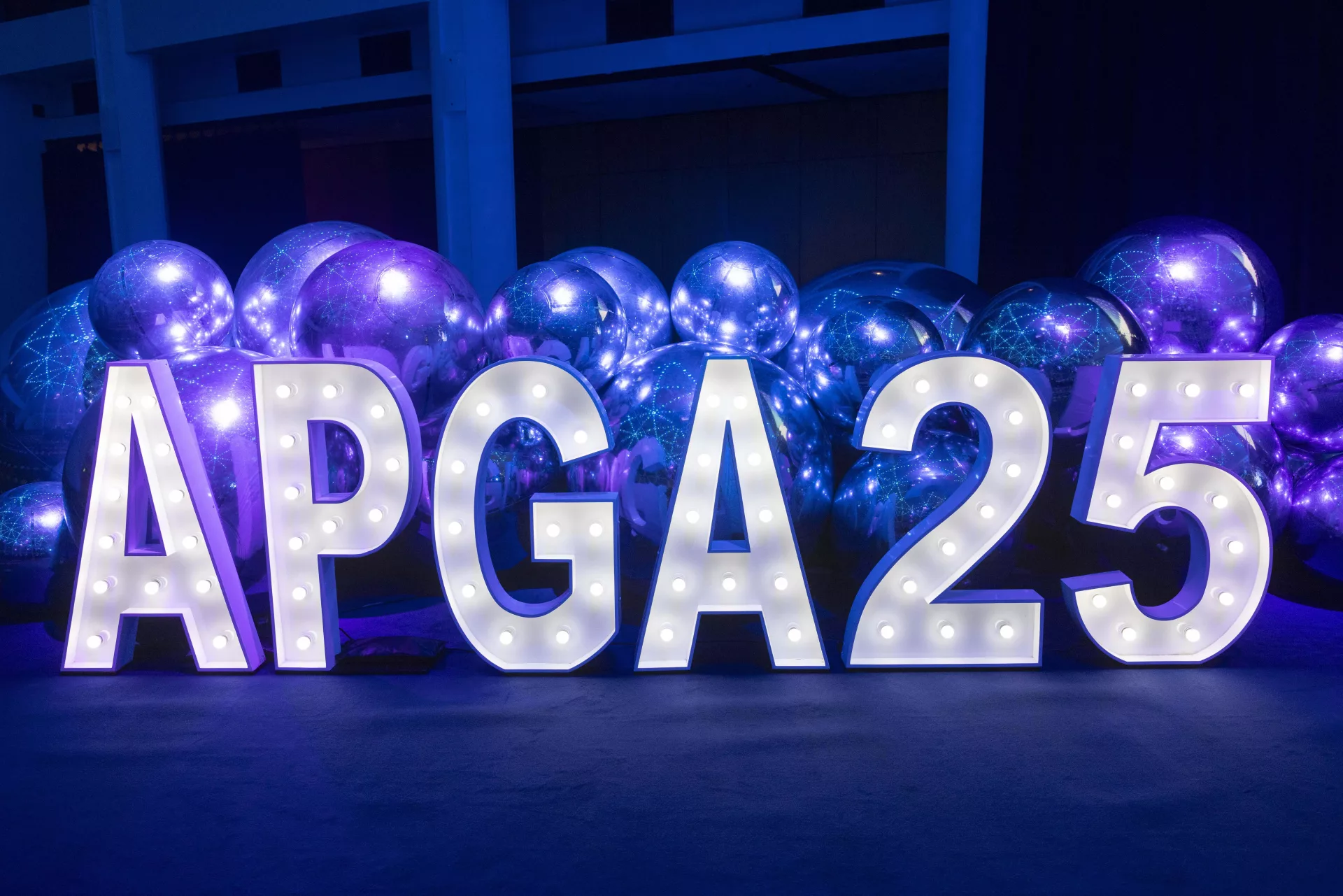
5 FAQs answered about the new European Methane Regulation
The first-ever law on managing methane emissions in the oil and gas industry has come into effect on August 4, 2024. If you are an operator in the EU, this has a significant impact on your operations.
Being a service provider, oil and gas companies come to us for advice, the execution of measurements, and reporting to comply with these new rules. In this blog post, our Innovation & Advisory Team of Intero – The Sniffers answers 5 frequently asked questions from clients when it comes to the new European Methane Regulation.
1. Who does the new European Methane Regulation apply to?
The new law focuses on the measurement, quantification, monitoring and reporting of methane emissions. The new rules apply to:
- O&G exploration;
- Production;
- Gathering and processing;
- Wells;
- Storage;
- Gas transmission;
- Gas distribution (no metering at final consumption points and the lines between the distribution and the property of final customers).
The Regulation also applies to imported oil and gas. However, this will come into effect at a later stage from 2027 onwards.
2. What are the requirements of the EU Methane Regulation?
Before discussing the requirements, we’d like to give some background information. The Methane Regulation follows the OGMP 2.0 approach (Oil and Gas Methane Partnership 2.0). If you are not yet familiar with OGMP 2.0, you can find more information here. Whereas OGMP 2.0 is a voluntary initiative that oil and gas companies worldwide can join, the Methane Regulation applies to European operators. It is an environmental law as of August 4, 2024.
Other principles in the Methane Regulation include banning of venting and routine flaring (with some exceptions) and repairing found methane leaks very quickly.
When it comes to the requirements of measuring methane emissions, there are two main articles in the Regulation to pay attention to. The first one being ‘Article 12 MRV (Measurement, Reporting, and Verification)’. These MRV rules follow the OGMP 2.0 approach. The European Regulation includes specific deadlines you as an operator must hit. We have visualized these deadlines for OGMP 2.0 and the deadlines for LDAR (Article 14) in an infographic later in this blog post.
‘Article 14 LDAR’ talks about the mandatory execution of Leak Detection And Repair campaigns to find and repair unintentional methane leaks. The EU has also set specific deadlines when it comes to LDAR and differentiates between Type 1 LDAR surveys and Type 2 LDAR surveys. We explain the difference between Type 1 and 2 later in this article.
When we look at the deadlines to hit for LDAR, the first deadline is submitting your LDAR program to your authorities before May 5, 2025. It should include:
- A detailed description of your LDAR surveys and activities from inventory to compliant reporting detailing which approved measurement technologies you will use for which assets;
- Specific timelines when you will measure which assets (including pipelines and wells);
- Relevant standards and methodologies used.
You might have the impression that you have plenty of time to meet the first deadline, but it is quite the opposite. In fact, we highly recommend completing all these steps this year to ensure you meet the deadlines:
- Create a gap analysis where you assess your current methane approach and define areas of improvement;
- Define a roadmap towards compliance;
- Define the scope;
- Create or update your inventory of all sources for all assets;
- Execute your Type 2 LDAR program for all assets including pipelines and wells to ensure everything is completed by August 5, 2025, which is the second deadline.
The infographic below visualizes which deadlines you must hit for both MRV and LDAR programs. You can download the infographic here. The deadlines reflect the entry into force of the EU Methane Regulation on August 4, 2024. The numbers in circles are the milestones represented in months. Please note that after February 7, 2027, all subsequent MRV reports are due on May 31st for operated assets.

All LDAR campaigns must include:
- Measurements on source-level and site-level using only Best Available Techniques, differentiating between Type 1 LDAR and Type 2 LDAR;
- Quantification;
- Yearly LDAR reporting;
- Fast repair of methane emissions.
Whereas previously LDAR campaigns were typically executed on a yearly basis, this new Regulation also defines different measurement frequencies for different asset types, which makes it quite complex. The overview below from IOGP summarizes well what the requirements for LDAR are per asset type. You can download the overview here.

3. What is the difference between Type 1 LDAR and Type 2 LDAR?
Type 1 LDAR means finding larger leaks with lower accuracy, such as with an OGI camera. When executing Type 2 LDAR, you measure more accurately, and you find smaller leaks by using an FID device for example.
4. Where should I start?
That depends on where you are in your journey in reducing methane emissions. If executing LDAR and/or MRV programs is new to you, we highly recommend you reach out to experts in emission management. If you don’t have an inventory of emission sources for all your assets et, we highly recommend starting that process ASAP. It is a labor-intensive but one-time investment.
If you currently already have an LDAR program in place but you’re uncertain whether it ticks all the boxes of this new Regulation, a gap analysis would be a good place to start.
Or maybe you are already heavily involved in managing methane emissions in your facilities but you still need to find a solution to keep records of all leaks (both for aboveground and underground pipelines) for at least 10 years as mentioned in the Regulation. In that case, it would be good to look into emission management software to meet that requirement.
5. What’s next now that the Regulation has come into effect?
There are still some open points on the agenda.
Each Member State (MS) must appoint competent authorities by Feb 5, 2025. Furthermore, an Implementing Act will be released by August 5, 2025. Independent Verifiers are currently not yet accredited by national accreditation bodies. And finally, the 2-step approach for underground pipelines needs to be specified further.
Questions?
Are you looking for support to comply with the new European Methane Regulation? We are ready to help you navigate this complex new regulatory framework from advice and measurements through reporting and verification. Contact us through sales.ts@intero-integrity.com
or visit https://www.intero-integrity.com/services/eu-methane-regulation-compliance
for more information.
Questions about the new EU Methane Regulation?
Contact our experts and let's start the road to compliance together.

Handing Out 60 Sheltersuits in Vranje, Serbia

Intero wins APGA Innovation Award for Robotic MFL Pipeline Inspection
